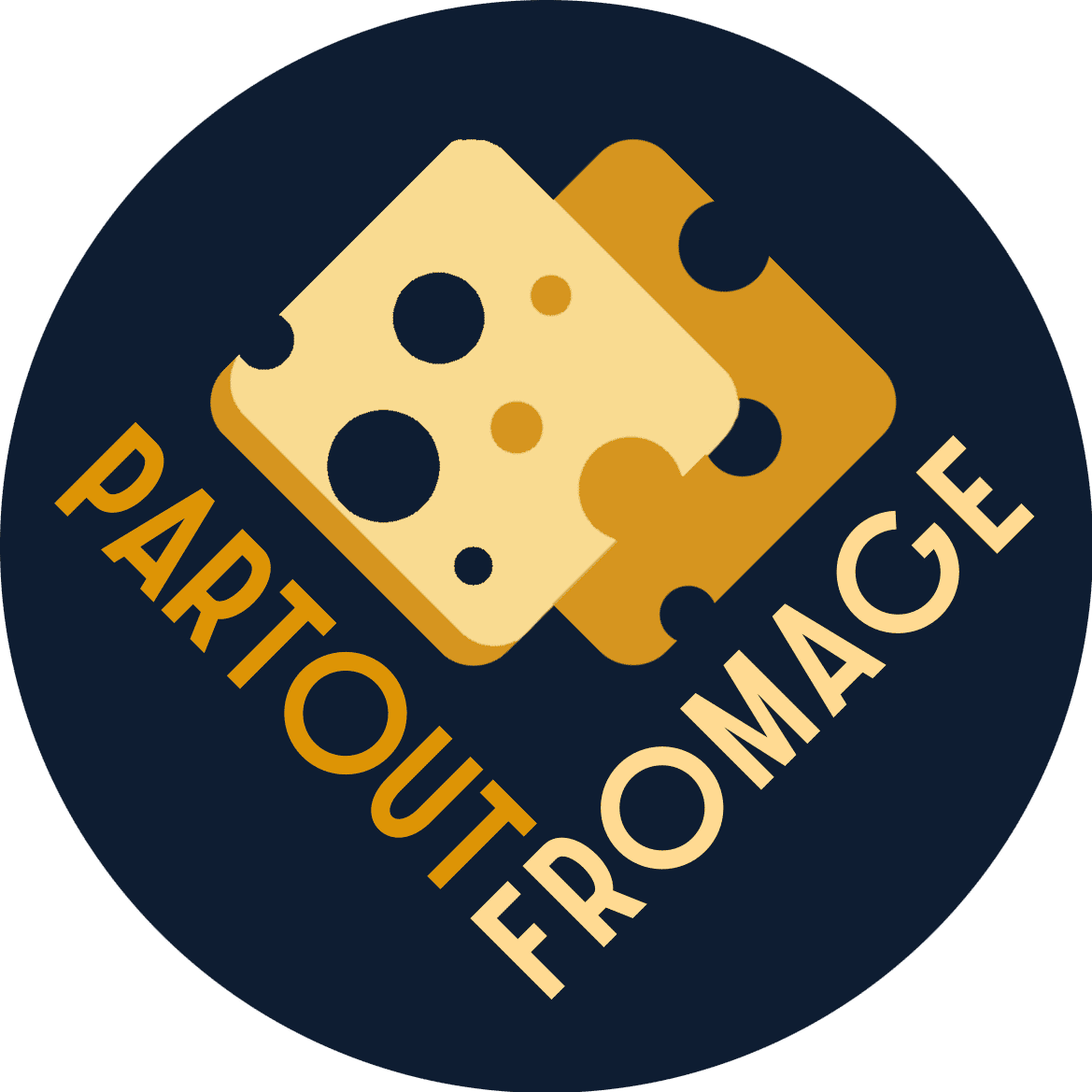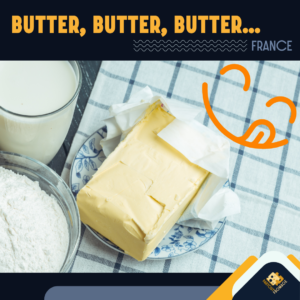Pairing can seem complex, especially in the food and wine industry. But from my experience, it’s the question I get asked the most. How do you find the best pairings? How do you choose cheeses and other elements for a cheese platter or a cheese party with friends? What are the rules? And so on… My students ask me these questions all the time, which is why I run a several-day course at school dedicated solely to this art. But don’t worry, you don’t need to spend years learning the basics. I’ll give you some guidance to start right here and right now, so let’s dive in!
-
Understanding the uniqueness and evolution of cheese
While the rules of pairing are relatively simple, the difficulty lies in the fact that every cheese or wine is unique and can change over time, making it hard to find the perfect match. The camembert you tasted two weeks ago might have a totally different taste and texture now, so you have to start the work all over again! This is why there is no “one-size-fits-all” approach that could be universally applied to all products, no matter where or when. Instead, the ideal partner for your specific cheese or wine must be chosen based on the product in front of you and evaluated at the moment. Only then can you truly understand what will work together to create a delicious pairing.
-
Individual Tasting Abilities
It’s also important to remember that our tasting abilities are heavily influenced by our individual experiences and backgrounds. Have you ever attended a tasting and felt completely lost and unable to identify any of the flavors described by others? This is a common experience, and it is important to remember that our senses are all different. Some of us are born with sharper senses than others, but everyone has the potential to train their “tasting muscles” to recognize subtle nuances with practice and patience. Additionally, our life experiences shape our associations, so what one person may perceive as a fruit flavor, another may associate with a childhood memory of a particular sweet or ice cream, and the third one may not recognize it at all.
So, while pairing and tasting can seem overwhelming, don’t get intimidated! It is important to remember that everyone’s journey is unique and that with time and practice, anyone can develop their palate, which leads to a deeper appreciation and understanding of the flavors and aromas that make up our food and wine.
-
Approaching Cheese Tasting
To start, try to understand the cheese in front of you. When it comes to exploring your product, it’s important to take a comprehensive approach, with four main steps:
- First and foremost, take a good look at it. Consider the type, age, and general condition of the product. But don’t stop there.
- You’ll also want to touch it to get a better understanding of its texture and level of humidity.
- Then, you can’t forget to smell it. This is a crucial step in defining the flavor of your cheese, so don’t rely solely on the name or type.
- And only when you’ve done all of that, it’s time to taste it. Take your time to savor the cheese. Start by placing the cheese in your mouth without chewing it, and let it rest there for a while. Touch it with your tongue. Notice the shape and texture. Then start to chew. Consider the smells, tastes, flavors, aftertaste, and overall power of the cheese. Try to select several main notes you feel, and let that guide your pairing decisions.
This way you will have a full picture of the cheese, and now you can start choosing associations.
-
Guidelines for Pairing
To simplify things, you can follow three primary guidelines to make the pairing process easier.
- Firstly, measure the “power” of the cheese, or any other product for that matter. It’s essential to pair products that are about the same strength. If one product is very rich in taste or smell, it’s unlikely to work well with a delicate counterpart. The stronger product will always overwhelm the more subtle one.
- Secondly, try to find similarities between the products. If you detect fruity notes in the cheese, consider pairing it with a wine that has similar fruity notes. Similarly, if you note a smell of fermentation, try adding to your cheese some country-style bread with a flavor of yeast. It’s essential to find the similarities in the products to bring out their unique flavors.
- Finally, you need to add contrast. Having all things alike is really boring and is considered a basic mistake in “high gastronomy.” If you have a very salty cheese, pair it with something sweet like jam, fresh fruits, or bread with dried fruits. The pairing would be enhanced by this contrast of flavors. Creamy and soft cheese, on the other hand, goes very well with crusty bread crust or crackers for a contrast of textures. Feeling contrasts adds some special complexity to your combination and makes human feelings work better.
-
Exploring traditional and regional pairings as a starting point
By following these guidelines, you’ll be sure to create pairings that enhance the flavor of both products. The pairing process can take time, but it’s worth it to have a delicious cheese pairing that you can enjoy. But where do you start? If you don’t know much about pairing, start with traditional “regional” pairings. You can easily find some ideas in multiple cheese books. Normandy cheeses with local apple cider – why not give it a chance? Washed rind Belgian cheese with some beer or British cheese with porter, generally speaking, should work quite well.
But don’t forget what I said above: even those “sure” pairings guarantee nothing! Rely rather on your own feeling and appreciation. If you don’t like something, it is not a perfect pairing (even if it was advised by a very famous chef in his recent biiiig book :), so don’t be afraid to look for other combinations. The more tries you make, the more solid tasting basis you’ll obtain. Don’t always stick to safe pairings; instead, go exploring the unknown. Sometimes the craziest combinations give surprisingly good results.
And never stop! That’s my piece of advice to you if you want to become a real strong “palate.” Keep practicing and exploring, and you’ll find your own perfect pairings that you’ll love.




